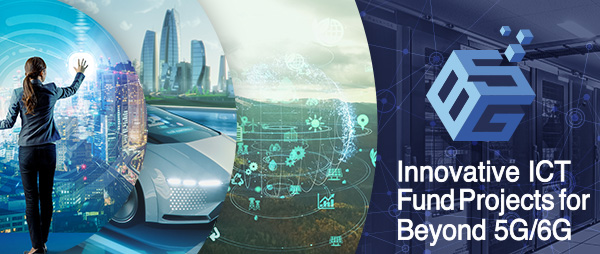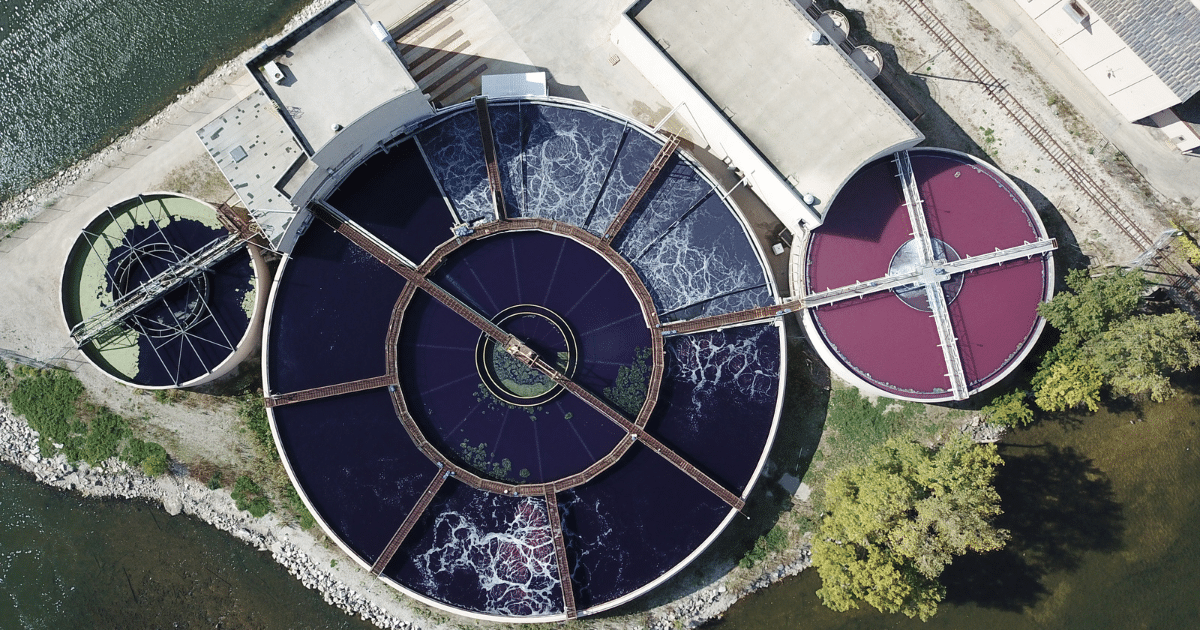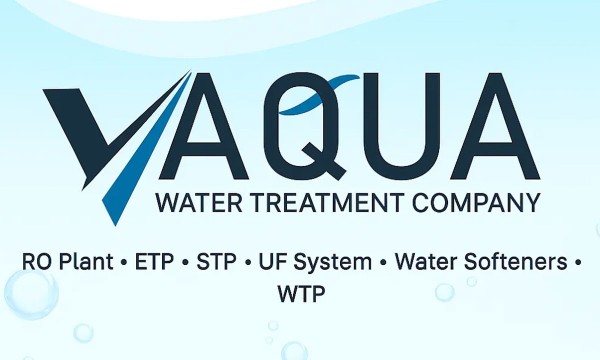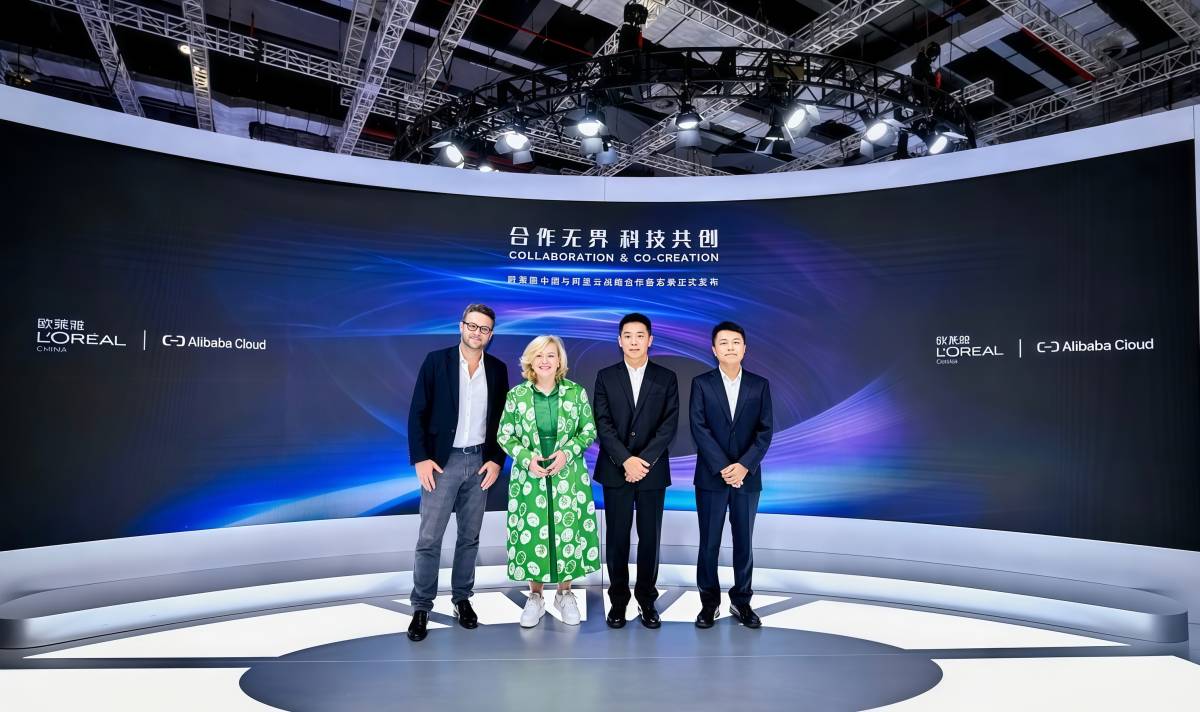Technology in Japan: Crafting a Future of Precision and Innovation – Vocal

Report on Japan’s Technological Advancements and Contributions to Sustainable Development Goals (SDGs)
Introduction: Aligning Innovation with Global Sustainability
In 2025, Japan’s technological sector, valued in excess of $400 billion, demonstrates a strategic alignment with the United Nations’ Sustainable Development Goals (SDGs). The nation’s advancements in robotics, quantum computing, green technology, and electronics are not merely markers of economic strength but are instrumental in addressing global challenges. This report details Japan’s key technological contributions, analyzing their direct impact on specific SDGs, including industry innovation, sustainable energy, health and well-being, and responsible consumption.
Technological Domains and SDG Alignment
Robotics and Artificial Intelligence: Advancing Health, Industry, and Sustainable Communities
Japan’s leadership in robotics and AI directly supports several SDGs by enhancing industrial efficiency, healthcare, and urban infrastructure.
- SDG 9 (Industry, Innovation, and Infrastructure): With over 350,000 industrial robots, accounting for 40% of global installations, Japan significantly enhances manufacturing precision and productivity. Companies like Fanuc and Yaskawa are central to building resilient infrastructure and fostering innovation.
- SDG 3 (Good Health and Well-being): The deployment of AI-enhanced robots, such as SoftBank’s Pepper and Toyota’s Human Support Robot, is revolutionizing healthcare. These technologies provide critical support in eldercare and patient assistance, addressing the challenges of an aging population and reducing hospital workloads by an estimated 15%.
- SDG 11 (Sustainable Cities and Communities): In urban centers like Tokyo, AI-driven traffic management systems have successfully reduced congestion by up to 20%, contributing to safer, more efficient, and sustainable cities.
Quantum Computing: Pioneering Solutions for Health and Climate
Strategic investments in quantum computing and advanced AI are positioning Japan to solve complex global problems, with significant implications for health and environmental sustainability.
- SDG 3 (Good Health and Well-being): RIKEN’s 70-qubit quantum computer and Fujitsu’s advanced AI platforms are accelerating drug discovery and medical research, achieving results up to 30% faster than previous systems.
- SDG 13 (Climate Action): These computational advancements are being applied to complex climate modeling, enhancing the accuracy of climate change projections and informing effective mitigation strategies.
Green Technology: Leading the Transition to Sustainable Energy and Production
Japan’s commitment to achieving carbon neutrality by 2050 is driving innovation in green technology, directly contributing to energy and environmental goals.
- SDG 7 (Affordable and Clean Energy):
- Japan is a leader in green hydrogen, with an annual production of 250,000 tons.
- Toyota’s Mirai fuel-cell vehicle and Mitsubishi’s high-efficiency (23%) perovskite solar panels are key innovations promoting clean energy adoption.
- IoT-powered smart grids are optimizing electricity distribution, reducing energy waste by 15%.
- SDG 12 (Responsible Consumption and Production):
- Japan’s circular economy model, which achieves a 90% recycling rate for electronics, sets a global benchmark for sustainable resource management.
- SDG 13 (Climate Action): These collective efforts in renewable energy and resource efficiency form the core of Japan’s strategy to combat climate change.
Electronics and Digital Media: Fostering Economic Growth and Responsible Innovation
The electronics and gaming sectors remain pillars of Japan’s economy, with an increasing focus on energy efficiency and sustainable growth.
- SDG 8 (Decent Work and Economic Growth): The gaming industry, generating $40 billion in 2024, is a significant driver of economic growth and employment.
- SDG 12 (Responsible Consumption and Production): Leading electronics firms like Panasonic and Sharp are developing products such as 4K OLED displays with 30% greater energy efficiency, promoting more sustainable consumption patterns.
Challenges and Strategic Responses for Sustained SDG Progress
Japan faces several challenges that require strategic management to ensure its technological progress continues to support the SDG agenda.
- Demographic and Economic Pressures (SDG 8): An aging workforce and high R&D costs present hurdles to sustained innovation and economic growth.
- Infrastructure and Resilience (SDG 9): To combat semiconductor dependency, a $10 billion government initiative aims to establish domestic production of advanced chips, strengthening industrial resilience.
- Institutional Strength (SDG 16): Rising cybersecurity threats are being met with enhanced AI-driven defense systems to protect critical digital infrastructure and ensure institutional stability.
Conclusion: A Model of Innovation for Sustainable Development
In 2025, Japan’s technological landscape serves as a powerful example of how targeted innovation can drive progress toward the Sustainable Development Goals. By integrating principles of sustainability into the core of its technological strategy—from green energy and responsible production to AI for public health and resilient infrastructure—Japan is not only advancing its own society but also providing a scalable model for a sustainable global future.
SDGs Addressed in the Article
SDG 3: Good Health and Well-being
- The article highlights Japan’s use of robotics in healthcare to address the challenges of an aging population. Robots like SoftBank’s Pepper and Toyota’s Human Support Robot are used for patient care and elder assistance, which directly contributes to ensuring healthy lives and promoting well-being for all at all ages.
SDG 7: Affordable and Clean Energy
- Japan’s focus on green technology, including the production of green hydrogen, the development of high-efficiency solar panels (Mitsubishi’s perovskite panels), and the implementation of IoT-enabled smart grids to reduce energy waste, all align with the goal of ensuring access to affordable, reliable, sustainable, and modern energy.
SDG 9: Industry, Innovation, and Infrastructure
- The article extensively covers Japan’s leadership in technology and innovation. This includes its dominance in industrial robotics, advancements in quantum computing and AI, significant government investment in research, and initiatives to build domestic semiconductor manufacturing capabilities. These efforts are central to building resilient infrastructure, promoting inclusive and sustainable industrialization, and fostering innovation.
SDG 11: Sustainable Cities and Communities
- The development of smart cities, specifically Tokyo’s use of AI-driven traffic systems to reduce congestion, is a direct application of technology to make cities more inclusive, safe, resilient, and sustainable. The use of smart energy grids also contributes to creating more sustainable urban environments.
SDG 12: Responsible Consumption and Production
- Japan’s circular economy initiatives are mentioned, with a specific focus on its high electronics recycling rate. This directly addresses the goal of ensuring sustainable consumption and production patterns by reducing waste generation through recycling.
SDG 13: Climate Action
- The article states Japan’s national goal of achieving carbon neutrality by 2050. This commitment, supported by innovations in green technology like hydrogen energy and AI-powered climate modeling, demonstrates urgent action to combat climate change and its impacts.
Specific SDG Targets Identified
SDG 3: Good Health and Well-being
- Target 3.8: Achieve universal health coverage, including financial risk protection, access to quality essential health-care services and access to safe, effective, quality and affordable essential medicines and vaccines for all. The use of robotic caregivers to reduce hospital workloads by 15% and assist with eldercare supports the provision of quality health-care services, especially in the context of a strained system due to an aging population.
SDG 7: Affordable and Clean Energy
- Target 7.2: By 2030, increase substantially the share of renewable energy in the global energy mix. Japan’s production of 250,000 tons of green hydrogen annually and development of solar panels with 23% efficiency contribute directly to increasing the share of renewable and clean energy.
- Target 7.3: By 2030, double the global rate of improvement in energy efficiency. The use of IoT-enabled smart grids that cut energy waste by 15% and the development of 4K OLED displays with 30% higher energy efficiency are concrete steps toward improving energy efficiency.
SDG 9: Industry, Innovation, and Infrastructure
- Target 9.5: Enhance scientific research, upgrade the technological capabilities of industrial sectors in all countries…encouraging innovation and substantially increasing the number of research and development workers…and public and private research and development spending. The article details Japan’s $2.5 billion AI and quantum research fund, the RIKEN 70-qubit quantum computer, and advancements in industrial robotics, all of which signify an intense focus on enhancing scientific research and upgrading technological capabilities.
- Target 9.b: Support domestic technology development, research and innovation in developing countries… While Japan is a developed country, its $10 billion initiative to produce 5nm chips domestically by 2026 reflects the principle of supporting domestic technology development to ensure industrial resilience.
SDG 11: Sustainable Cities and Communities
- Target 11.2: By 2030, provide access to safe, affordable, accessible and sustainable transport systems for all… The implementation of AI-driven traffic systems in Tokyo, which reduce congestion by 20%, is a direct contribution to creating more sustainable and efficient urban transport systems.
- Target 11.6: By 2030, reduce the adverse per capita environmental impact of cities… Smart grids that reduce energy waste and AI systems that lower traffic congestion (and thus emissions) help reduce the environmental footprint of cities.
SDG 12: Responsible Consumption and Production
- Target 12.5: By 2030, substantially reduce waste generation through prevention, reduction, recycling and reuse. The article explicitly states that Japan’s 90% electronics recycling rate sets a global benchmark, directly aligning with this target to reduce waste through recycling.
SDG 13: Climate Action
- Target 13.2: Integrate climate change measures into national policies, strategies and planning. Japan’s national commitment to achieving carbon neutrality by 2050 is a clear example of integrating climate change measures into its long-term national strategy.
Indicators for Measuring Progress
SDG 3: Good Health and Well-being
- Indicator: Reduction in hospital workloads by 15% due to the deployment of robotic caregivers. This serves as a metric for the efficiency and impact of technology on the healthcare system.
SDG 7: Affordable and Clean Energy
- Indicators:
- Annual production of green hydrogen: 250,000 tons.
- Energy efficiency of solar panels: 23% efficiency for perovskite panels.
- Reduction in energy waste: 15% cut in waste through IoT-enabled smart grids.
SDG 9: Industry, Innovation, and Infrastructure
- Indicators:
- Number of industrial robots in operation: Over 350,000.
- Investment in R&D: $2.5 billion fund for AI and quantum research.
- Technological milestones: Achievement of a 70-qubit quantum computer; goal to produce 5nm chips domestically by 2026.
- Increase in manufacturing precision: Up to 90% enhancement from industrial automation.
SDG 11: Sustainable Cities and Communities
- Indicator: Reduction in traffic congestion in Tokyo by 20% through AI-driven systems.
SDG 12: Responsible Consumption and Production
- Indicator: National electronics recycling rate of 90%.
SDG 13: Climate Action
- Indicator: A national policy goal of achieving carbon neutrality by 2050.
Summary of Findings
| SDGs | Targets | Indicators |
|---|---|---|
| SDG 3: Good Health and Well-being | 3.8: Achieve universal health coverage and access to quality essential health-care services. | Reduction in hospital workloads by 15% through robotic caregivers. |
| SDG 7: Affordable and Clean Energy | 7.2: Increase the share of renewable energy. 7.3: Improve energy efficiency. |
– 250,000 tons of green hydrogen produced annually. – Solar panels achieving 23% efficiency. – 15% reduction in energy waste from smart grids. |
| SDG 9: Industry, Innovation, and Infrastructure | 9.5: Enhance scientific research and upgrade technological capabilities. 9.b: Support domestic technology development. |
– Over 350,000 industrial robots in operation. – $2.5 billion investment in AI/quantum research. – Development of a 70-qubit quantum computer. – Goal to produce 5nm chips domestically by 2026. |
| SDG 11: Sustainable Cities and Communities | 11.2: Provide access to sustainable transport systems. 11.6: Reduce the adverse per capita environmental impact of cities. |
– 20% reduction in traffic congestion in Tokyo via AI systems. |
| SDG 12: Responsible Consumption and Production | 12.5: Substantially reduce waste generation through recycling. | – 90% electronics recycling rate. |
| SDG 13: Climate Action | 13.2: Integrate climate change measures into national policies and planning. | – National goal of achieving carbon neutrality by 2050. |
Source: vocal.media

What is Your Reaction?
 Like
0
Like
0
 Dislike
0
Dislike
0
 Love
0
Love
0
 Funny
0
Funny
0
 Angry
0
Angry
0
 Sad
0
Sad
0
 Wow
0
Wow
0
























/Tesla charging station black background by Blomst via Pixabay.jpg?#)















































;Resize=620#)






